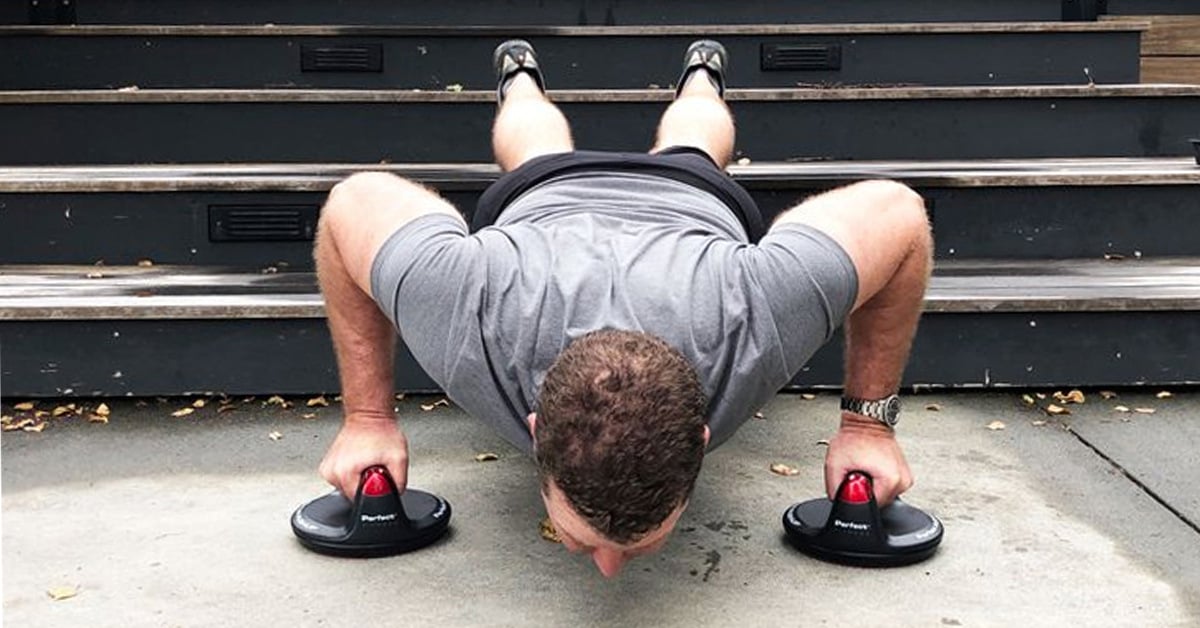In my previous post, “Navy SEAL Motivational Speaker on High-Performance Training, Team Building, and Leadership,” I shared with you how I approach training leaders and teams from the perspective of a Navy SEAL Motivational speaker. I talked about how to use Navy SEAL mindset training to Transform Negative Emotions into Creative Problem Solving, and press on to overcome obstacles, defy the odds and do what experts say can’t be done.
My current mission, thanks to over 25 years in business and the military, is training leaders and teams to think and act outside their comfort zones and learn what it takes to be unstoppable. It is my goal to leave audiences feeling inspired to achieve more than they originally thought possible.
In this post, I would like to share more navy SEAL mindset training secrets to gaining confidence and developing persistence in the face of adversity. To put the source of these motivational mindsets into context, here is a little background on the most difficult physical, mental and emotional tests a Navy SEAL in training can experience.
BUD/S (Basic Underwater Demolition/SEAL) Training
Service selection (the job you will do after graduating from the Naval Academy) for seniors occurs in February of their final year, but for most services (Marine Corps, Aviation, Nuclear Power, Submarines and SEAL Team) you start the process for attaining your billet (duty station) months in advance. For many services, you begin your selection process the summer before your senior year by training in the profession you hope to select later that winter. The SEAL selection process involved going to mini-BUD/S (Basic Underwater Demolition/SEAL training) in Coronado, CA for an intense three-week training “camp.” This condensed SEAL training program is intended to give prospective Academy candidates a taste of what real SEAL training will be like.
SEAL Training Hellweek Determines Who has the Ability and Mindset to Endure
Hellweek occurred in the sixth week of 25 weeks of training for BUD/S class 181 (Basic Underwater Demolition/SEAL training). It’s a week of punishment to simulate the stresses of combat – at least that’s what the instructors told us. You find out quickly it’s all about learning your answer to the question “How badly to do you want to be a SEAL when it’s not a sunny day?” I watched my BUD/S (Basic Underwater Demolition/SEAL training) class dwindle from 122 to 18 in the first six weeks of training. The difference between those who made it through the winter Hellweek in December 1991 and those who didn’t have anything to do with bicep size. It had everything to do with how personally important our purpose for being there was to each of us — the survivors wanted it much more than the other 104 men.
Your Response Reveals Your Growth Mindset
Another way to think about it comes from Stanford psychologist Carol Dweck, whose research contrasts what she calls a fixed mindset versus a growth mindset.
Those with a fixed mindset tend to believe that physical, mental, or emotional talents, skills, and competencies are set in stone.
Those with a growth mindset, on the other hand, tend to believe that talents, skills, and competencies can be learned and improved through hard work, determination, and resilience.
Navy SEAL Mindset Training Secrets to Succeed at Anything
I often tell people that as hard as it was to get through Navy BUD/S (Basic Underwater Demolition/SEAL) training—something many recognize as one of the hardest physical and psychological tests a human can go through—I discovered years later that the civilian form of BUD/S training called entrepreneurship is even harder than what I went through as a Naval Academy midshipman or a Navy SEAL. When you are going through civilian BUD/S, there is no end in sight, the pain is extended to your entire family, and you are not only dealing with your own abilities but the unseen variables of a competitive marketplace.
Navy SEAL Mindset Training Plan in 3-D: Define It, Divide It, Do It Daily
Navy SEAL Mindset Training requires thinking in three dimensions, and it’s not about creating a perfect plan, because there is no such thing. It’s about creating a plan to succeed no matter what obstacles you encounter:
Define it:
- Define your goal. Be specific. Know the answers to these questions: What are you after and when do you want it? If you don’t know your goal, you won’t know how to measure your progress, and if you can’t measure your progress, you won’t be able to achieve it. Once you’ve defined your goal, WRITE IT DOWN and post it in a place where you will see it daily, even hourly. Never allow yourself to forget your mission. Your goal must always be on your mind.
Divide it:
- Once you know your goal, you can create an action plan. Start by dividing each action into bite-size daily steps you can take to meet your goal. Think of it as smashing your Milestone Goal with a sledgehammer in order to reduce it to small pebbles you collect every day. Rome wasn’t built in a day, nor is your Milestone Goal; daily progress is the secret of success.
Do it daily:
- Feeling like you’re making progress is critical to keeping you motivated as you pursue your goal. Get in the habit of asking yourself every morning, “What action can I take today toward my goal?” No two days will be the same, but work toward your goal every day. Remember, no matter how small your progress, it’s still progress. And to ensure you’re learning what works and what doesn’t, review your progress daily. Understand the actions that are helping you make the progress you seek. Daily action is the key to success.
The point is, one can’t get through Hellweek in a day, and you can’t accomplish your goal in a day. Folks ask me all the time, “How did you make it through SEAL training?” My first response is always: The only way to make it through training is to focus on the task at hand — the next step, the next breath.
If you can’t complete a small portion of your goal in a day, you’ve made the goal too big. One day at a time — that’s how to accomplish your goal.
Onward and upward!
Alden





